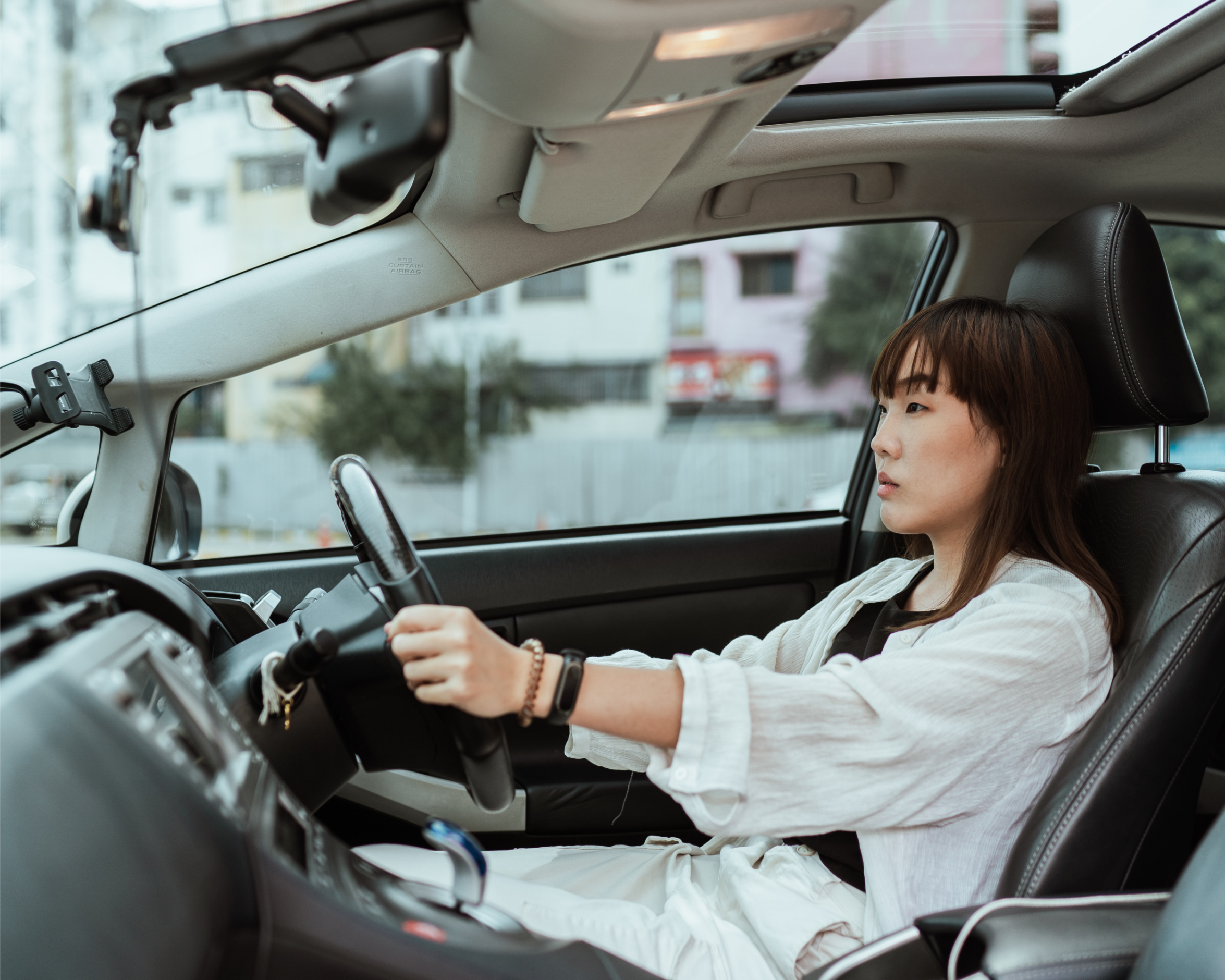Whether you’re planning a road trip, coming back from one, or just driving in general, roadside safety is very important. Here are some tips on how to keep you and your family safe and sound no matter where you are driving to.
1. Check that your car is running smoothly
You might think this is unnecessary if you’ve been driving your car with no problems, but there’s no harm in checking, especially if you’re going on a long trip. Things to check and potentially replace would be lights, windshield wipers, seat belts, breaks, and tyres. Also, don’t forget to fill up on oil and other fluids such as power steering fluid and brake fluid.
2. Plan out your journey in advance
Plan out your journey in advance, so you have enough time to get to your destination without speeding. Account for obstacles in the way such as bathroom breaks, petrol stops and traffic. Make sure you have enough fuel and know where the petrol stations are so that you don’t run out of petrol when there’s none around. Try to travel on main roads unless you know the back routes well and use a GPS or another navigation tool to avoid getting lost. Make sure your passenger knows the route, so if you accidentally take the wrong turn, they can help out. Also, try planning on driving in the day instead of at night.
3. Wear your seatbelt and make sure your passengers are too
Wearing your seatbelt is the law, and can keep you safe even if you get into an accident. It is a criminal offence for an adult to allow a child under fourteen to not wear a seatbelt, so if you have kids, make sure they’re buckled up. If you have a baby make sure their car seat is rear-facing so that in the event of an accident, only the seat will be crushed.
4. Drive defensively
You might be a very responsible driver, but don’t think every driver is as responsible as you. To avoid unnecessary accidents, make sure you’re being extra cautious. Don’t drive in another car’s blind spot; don’t change lanes unless it’s absolutely safe to do so and always keep a three-second distance between your car and the car in front of you. In general, make sure you’re alert when approaching traffic lights and pedestrian crossings so that you don’t accidentally drive when you’re not supposed to. Always have both hands on the steering wheel, both eyes on the road, and make sure you’re always staying within the speed limit.
5. Be alert
Sleeping behind the wheel is no joke. Make sure you have a good rest before, have a lot of snacks to keep your energy up, and take breaks every 2 hours or so. Avoid texting and taking calls so that you’re not distracted. If it’s important to make sure your phone is connected to Bluetooth and you’re not talking for long, or if you’re driving with someone in the car, ask them to answer for you.
Words by Fran Rattle
Photography: Unsplash





